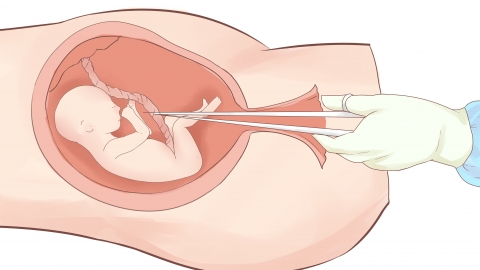Will fetal movements become more frequent before the baby drops into the pelvis?
Generally, whether fetal movements become more frequent before the baby drops into the pelvis depends on the fetus's position and available space for movement. The specific analysis is as follows:

Before the fetus descends into the pelvis, if it remains in the upper to middle part of the uterus with sufficient room to move, and there are no restricting factors such as nuchal cords or abnormal amniotic fluid levels, fetal movements may become more frequent. These increased movements typically represent normal fetal activity—such as limb stretching or rolling over—and reflect the baby’s vitality. As long as the pattern of movement remains regular without sudden abnormalities, this is usually considered normal.
Prior to engagement, if the fetus has gradually descended close to the pelvic inlet, the available space becomes restricted due to compression from the pelvis, limiting the range of limb movements. This may lead to less frequent or slightly reduced fetal movements. Such changes indicate that the fetus is adapting in preparation for descent into the pelvis. As long as the number of movements remains within the normal range and there is no prolonged absence of movement, this generally does not require concern.
Pregnant women should monitor fetal movements at fixed times every day, counting movements for one hour each in the morning, afternoon, and evening to observe patterns. If there is a sudden sharp increase in movements followed by a decrease, prolonged absence of fetal movement, or a noticeable weakening in movement intensity, medical evaluation should be sought promptly to rule out complications such as fetal hypoxia. Additionally, avoid strenuous physical activity and maintain emotional stability to create favorable conditions for fetal descent into the pelvis.






